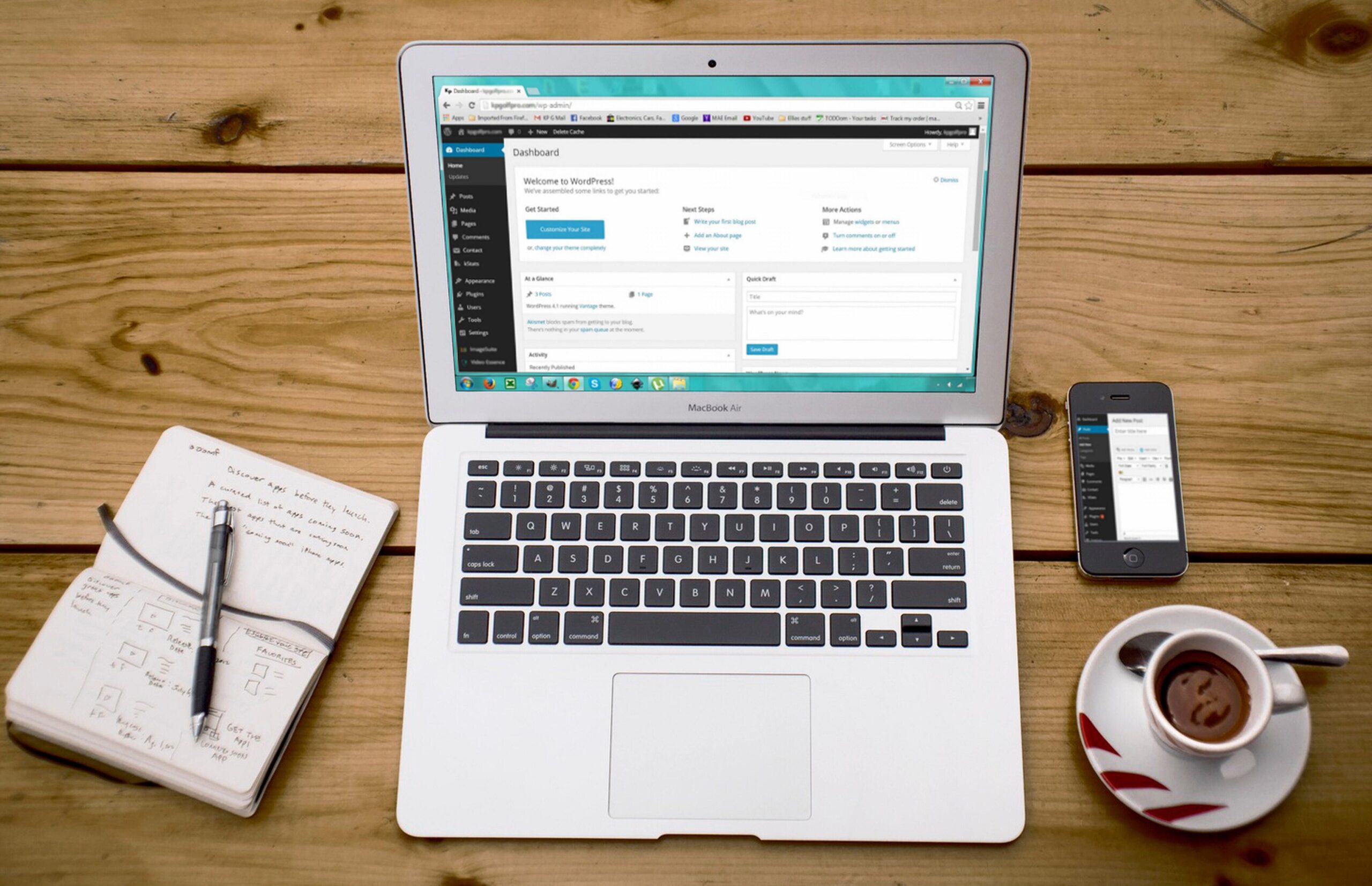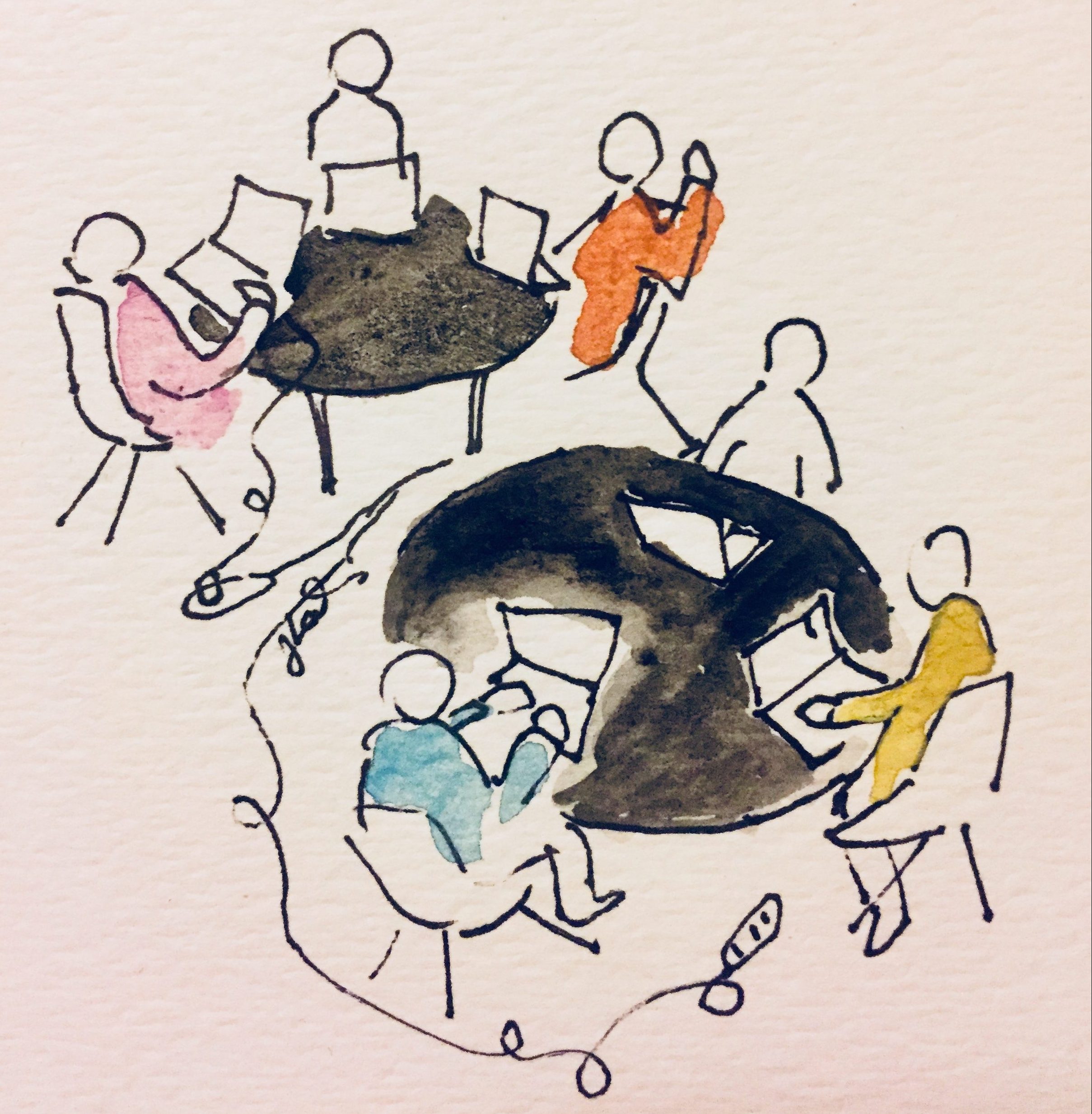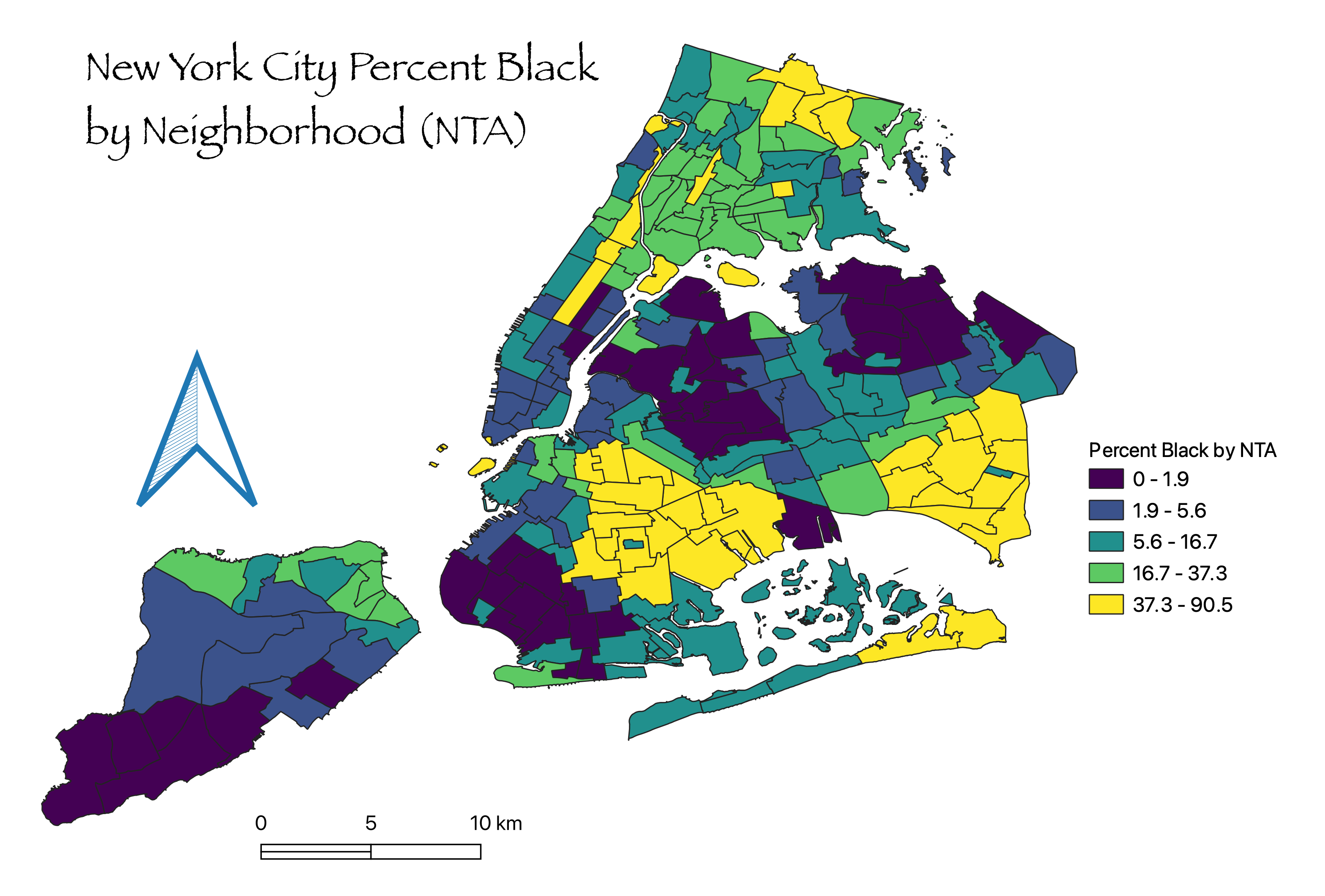
Today websites have a central place in academic life. Many scholars create websites for research, the courses they teach, and their personal online identities. Thus, having some knowledge of how to collaborate on a website or to create one is becoming a basic skill for everyone in academia (and other environments!), similar to using a text processor for writing.
In this blog post, you will understand what is WordPress and how it works. It is an introduction for anyone who is facing the challenge of creating a website for the first time. This is the first of a series of posts on WordPress.
Let’s start with WordPress. WordPress is a content management system (CMS), which means that you can organize content, such as text, documents, and media files, and display that content. It is free and open source, in other words, it is free to use and modify.
To build a website with WordPress you don’t need to know a programming language, as there are a great number of templates that you can use. This allows users to work faster and also to be able to create without having to start from zero on every website. In WordPress, you can add additional features using plug-ins, but this is something we will explain later.
What’s on a website? If you look around on a website there is no evidence of how it was done. As a user, you do not get to transform the website, even if you can interact with it. This is because as users we only see the frontend.
When you create a website or when you are an author you have access to the backend. A common metaphor is that of a restaurant. As a user, you sit at the front, order, and then receive a delicious dish (hopefully!), but that dish was cooked and prepared in the kitchen, which would be the back of the restaurant, a part where you don’t have access to it. Another possible metaphor would be that of a theater where we only see the show happening on stage and we cannot see what is happening at the back to make that show possible.
The backend is where you can make magic happen. In WordPress, the backend is called the dashboard or admin area. It is where you create everything.
Dashboard. In the image above you can see the dashboard. You see there are two main blocks: a menu on the left column and then the content on the right. The content can vary depending on each site, so I will ask you to focus your attention on the left, as it is the menu to navigate the dashboard.
Using this menu you will organize the content (posts, pages, media), adjust how your site looks (appearance), and add additional features (plugins) to the website. You can also add collaborators (users) and set the settings of your site. I will explain some of these parts of the menu in the next publications of the post about WordPress in Tagging the Tower.
In this post, we have a quick description of WordPress and how the backend works to help beginners to understand what to expect when they first start working on WordPress. With these, you can definitely start exploring! Stay tuned for the next post, where we will talk about how to start creating content!






